Zoo InternQuest is a seven-week career exploration program for San Diego County high school juniors and seniors. Students have the unique opportunity to meet professionals working for the San Diego Zoo, Safari Park, and Institute for Conservation Research, learn about their jobs, and then blog about their experience online. Follow their adventures here on the Zoo’s website!
This week the interns were surprised with the opportunity to go on a safari at the Safari Park. First, we were given a tour of the keeper’s offices where we saw how the records are kept and how the keepers manage to keep track of their hundreds of animals. On the safari, interns saw animals from Africa and Asia up close.
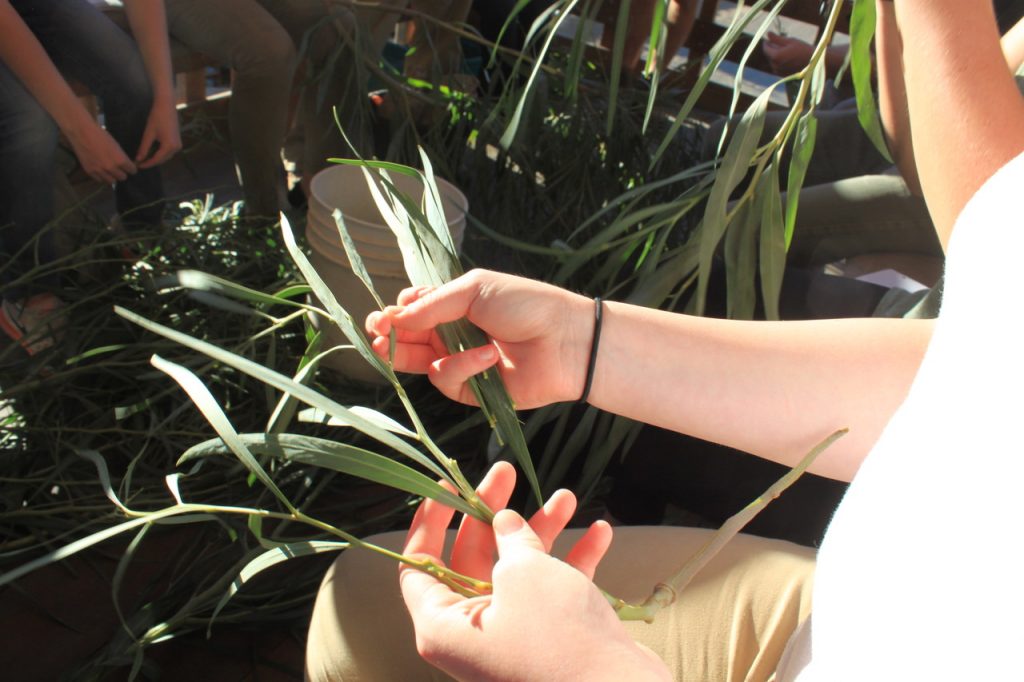
To start off the safari, everyone was handed an acacia branch and asked to strip the leaves off. This was so that later the leaves would be readily available for feeding the giraffes.

This is Ms. Pillsbury. She is the Senior Mammal Keeper at the Safari and one of the guides on our tour. She has worked with the Zoo for nearly 30 years and loves her job.
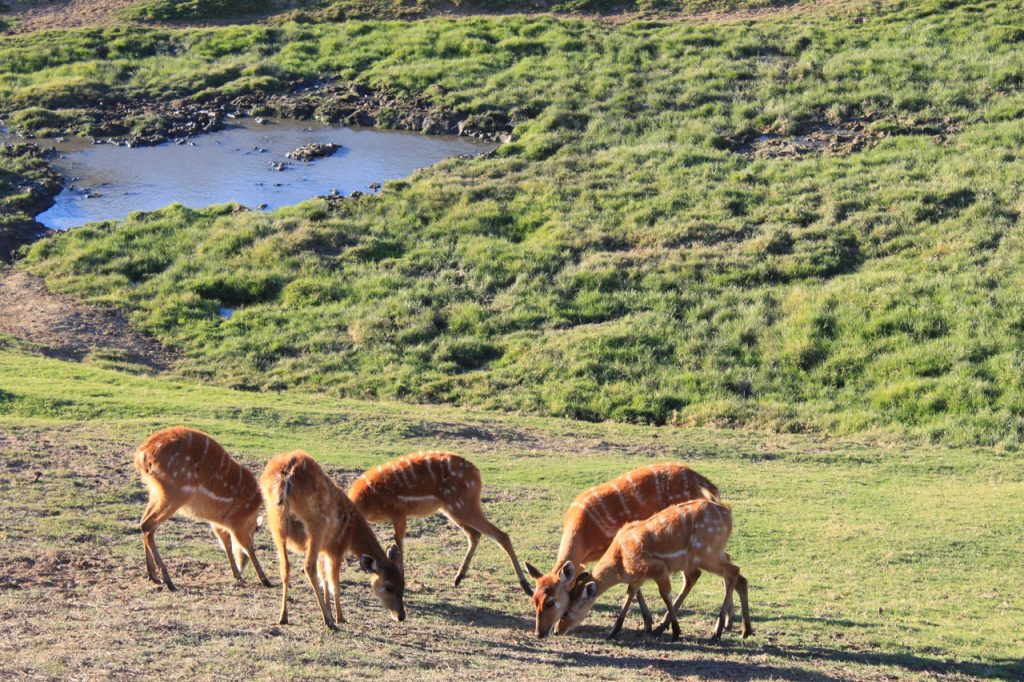
The tour started in the African part of the exhibit. So all of the animals in this section of the safari are native to Africa. Pictured above are sitatunga. This herd is made up of females and juvenile males, mature males look much different with dark coloration and large horns.
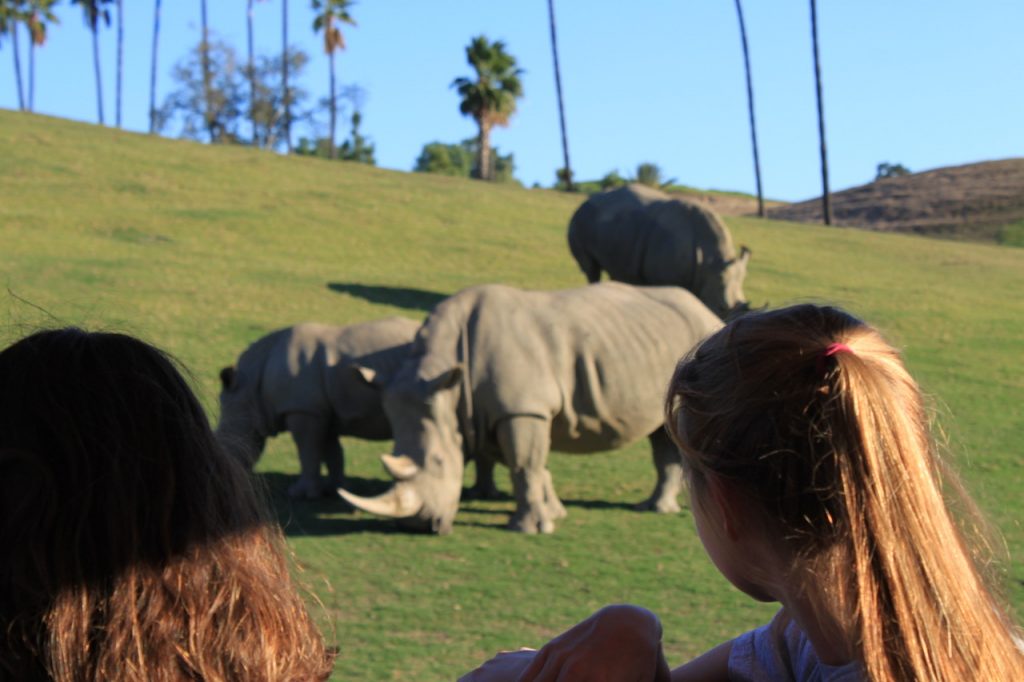
During the tour, the interns got up close and personal with the southern white rhinos. They seemed to be everywhere during the safari. The white rhino is the largest species of rhino and the most social; throughout the exhibit the southern white rhinos could be seen grazing with each other.
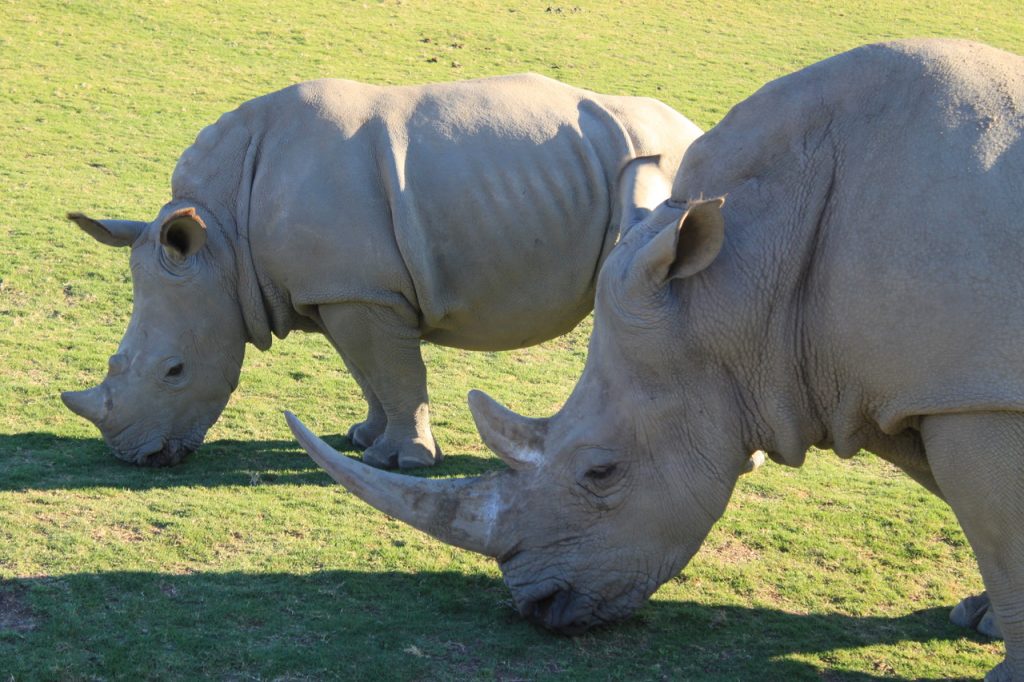
Here you can see a rhino and her baby grazing. Though this baby rhino may look small, she already weighs over 100 lbs. However, that’s nothing compared to her mom that weighs around 5,000 lbs.

Here you can see how the keepers tag and notch the hoofstock on their ears. They do this to keep track of how many of each species the Safari Park has and to easily identify the individuals. The color of the tag marks how many hundreds and the notches mark the tens and the ones place.
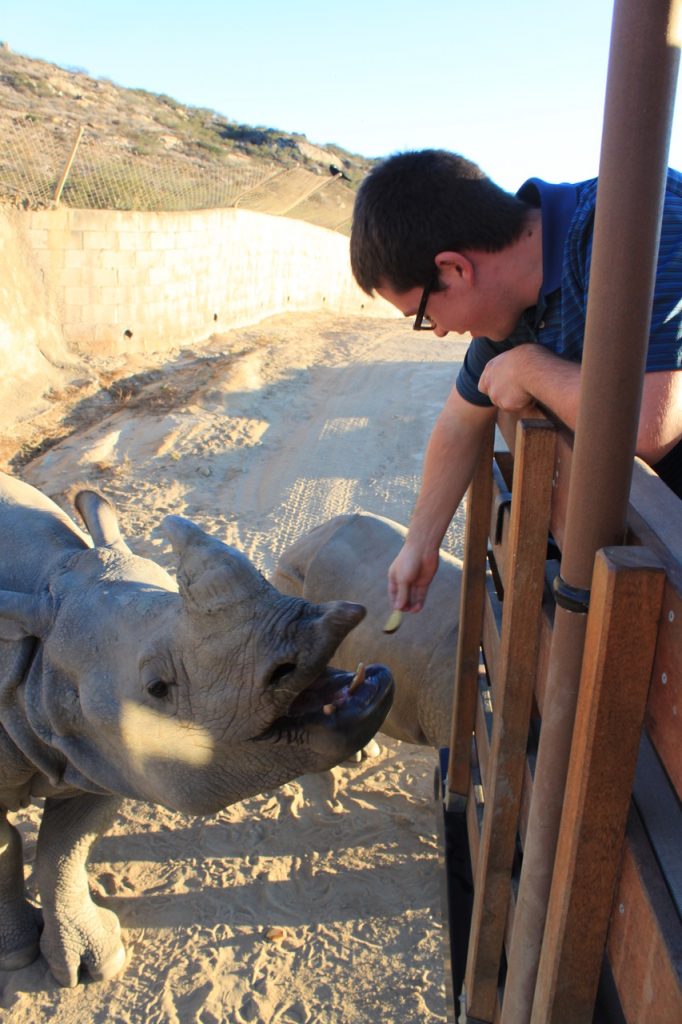
Interns had the opportunity to feed Alta, the greater one-horned rhino, apples. Here you can see her prehensile lip, which allows her to reach up towards the apples in David’s hand. She uses her lip similar to how we use our hands to grab stuff.

Above are some blackbuck found in the Asia exhibit. They were grazing together in a herd and slowly moving around the exhibit. You can tell the difference between the males and females by their horns; the females do not have horns whereas the males do. Also, the males are usually a much darker in coloration.

The leaves interns had stripped from the branches earlier were finally put to use. As you can see, the giraffes could not get enough. Here you can see a juvenile giraffe taking some leaves from Kris’s hand. The giraffes are actually exhibiting trained behaviors during the feeding; for example, they refrain from putting their heads into the caravan. Trained behaviors such as this one make it easier for the keepers to care for the giraffes.
Sara, Photo team
Week Six, Fall Session 2016


